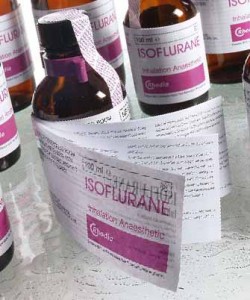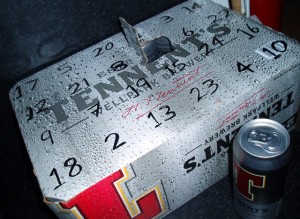At Design Cognition, we are passionate about packaging, design & creativity. We like to work with some of the worlds’ leading edge packaging designers, but also identify and nurture some of the brightest up-and-coming talent coming into the industry. We’re on a mission to unearth the very best designers and creators to see what makes them ‘tick, what ‘fires them up’ to get out of bed in the morning and who/what inspires them. We’re starting a a new initiative called the ‘Creative Spotlight’. In the first of the series we’ve interviewed a fantastic designer from California called ‘Elo’ (MarcELO), who has a very distinctive style all his own. Enjoy! and watch out for other great designer interviews coming soon! Chris Penfold
1. Elo, could you tell us where you’re from and how you got started in the field?
I originally come from South America, Rio de Janeiro, Brazil. I’ve also lived in Europe and Canada. Today I live in sunny San Diego, California. I came here for school, I graduated and I run my own freelance design company, ElO Designs. I was always involved with art ever since I was a kid. My sisters and I did some plays together and then I thought I was going to be a singer. I took singing classes for 1 year and I formed a band. We were great but too many. Then things started to fall apart and the band was over after a year. Since I like traveling, I wanted to create a website to show my friends and family the places I was visiting at the time. So, I bought my first HTML book and started to learn all by myself how to create websites using only the codes and the notepad. I thought it was a lot of fun and after that I never stopped. My older sister was a graphic designer at the time, she didn’t have a computer and was doing all the arts by hand. Using amber leaf and ruby leaf, gluing stuff together, using the T ruler and ink
pens that needed to be soaked in water over night. “What a mess it was”, (laughs) but I learned a lot from her as well!.
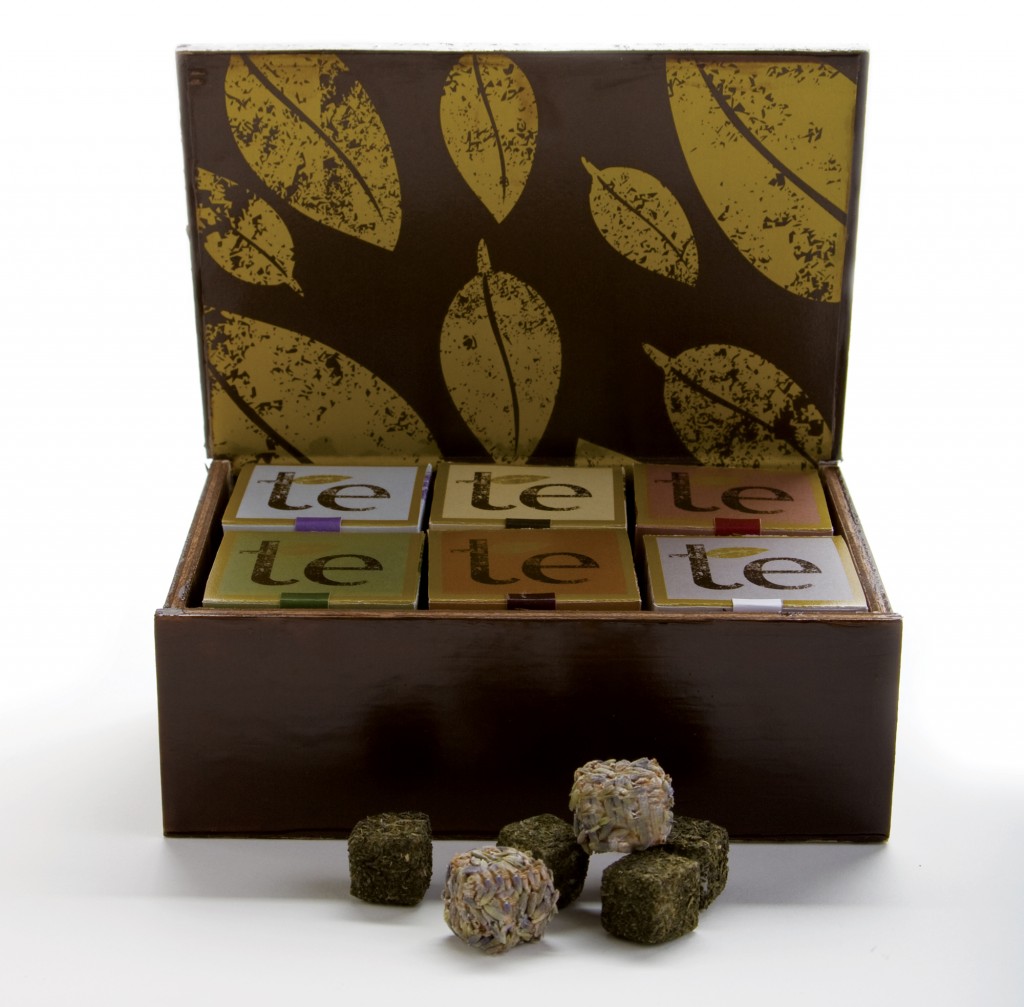
Elo's lovely 'te' packaging for an upmarket tea range
2. Elo, what gives you inspiration when starting a design project? How do you blend all of your ideas in a harmonious way?
Well, my inspiration comes from various places: TV shows, patters, nature, magazines, or just from playing my games sometimes. There are days that my mind is a complete blank. And there are some other days that I get up in the middle of the night with a great idea. Then I either have to write it down or go to the computer and start working on it right away… Now, if I’m working with clients I have a questionare that I send to them to try to understand what they want me to do. Most of the time things go smoothly but sometimes clients have no idea what they want and it gets a little bit hard. In that case, I would say that, when working with indecisive clients it’s always good not to send them too many ideas. Limit yourself to 3 concepts. I like working with colors but I don’t like it when the colors overpower the final composition. So, I try to be really careful on that. It’s also good to know and understand color theory, color wheel, primary, secondary and tertiary colors. That helps to find the balance in the final composition.
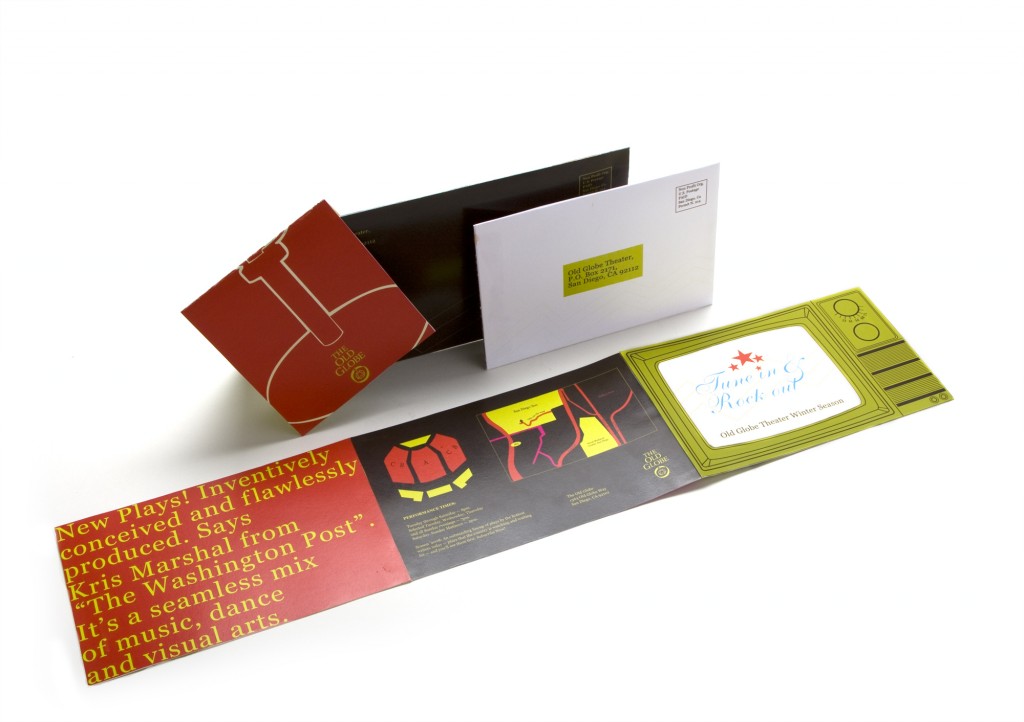
Elo's 'old globe' brochure work
3. Did you study graphic design formally in school/college (did that include packaging & typography?) or are you a self-taught artist? And in your opinion what are the pro’s and con’s of each route?
I went to a great Design School here in California and I got an AA( associate degree) in Graphic Arts with great professors. I’m specialized in packaging and print design. I think that when you have some talent school always counts and you can learn great techniques from other professionals. I have seen great design work from people with no schooling and I have seen portfolios from people with Bachelor Degrees that make me think ‘Ummm…really???’. So, I guess it all depends. School helps, It will also help to get technical if you’re not so talented. But school won’t make you. You are the only one who will find your own identity as a designer or artist.
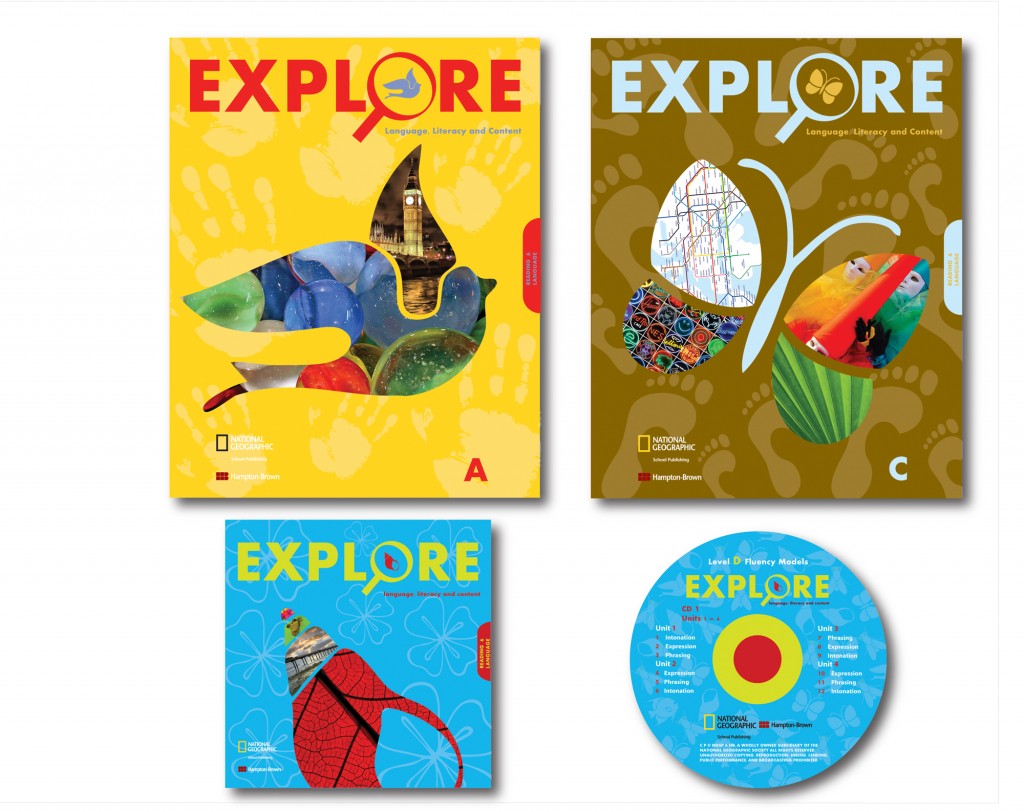
Elo's artistic 'Explore' range of book covers
4. How do you define yourself as a designer and what strong point do you think that every packaging designer should have?
I define myself as an artist who has a design career for now. I think every packaging designer has to think ‘outside of the box’. It’s important to think about sustainability and about the practical part of the design you are creating. The most important thing is to think about the target audience you are designing/creating for, because they are the ones who are going to consume your product.
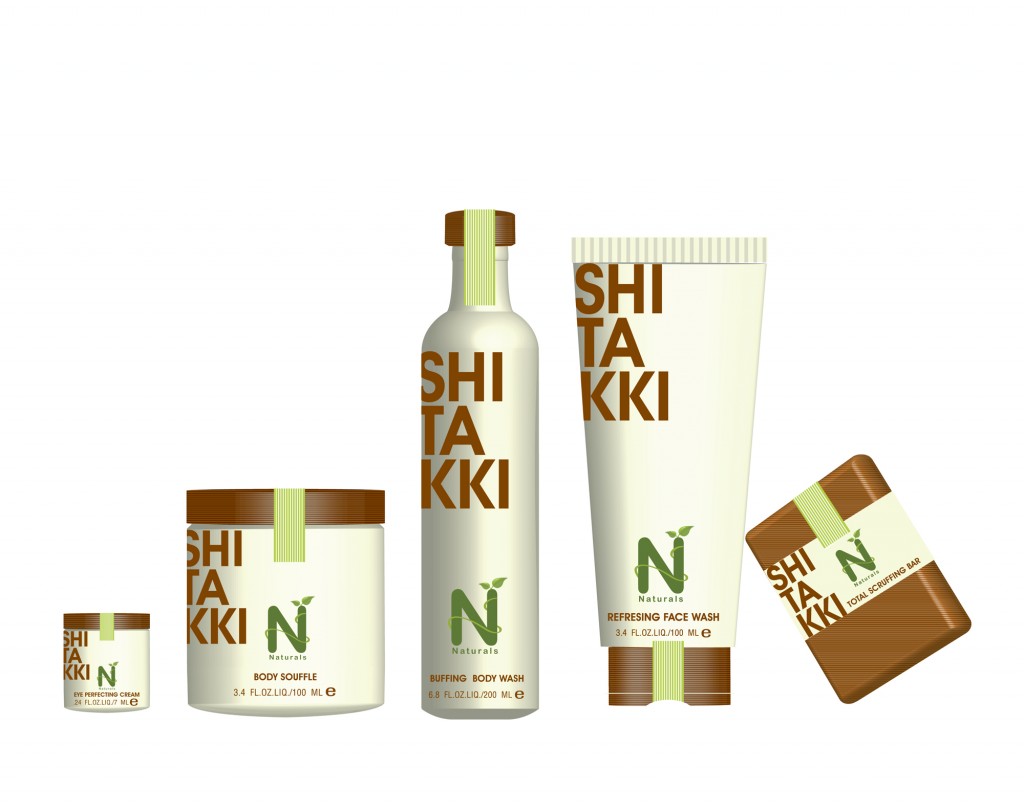
Elo's 'naturals' packagng range
5. How do you feel that packaging design work differs from other areas in which you work? Why do you think that is?
Well, I like packaging and branding the most amongst all other things that I do.. I also love what I have been doing at the moment, called: “Photo Illustration”. It lets me be very creative and show the ‘true me’ as a designer. But I think all areas have their own importance. Today as a designer you must know a little bit about everything. We are all visual human beings and we are surrounded by designs everywhere. From the time get up to the time we go to bed. If the color differs, if the shape differs, if the usage of the product differs, if you respect the visual hierarchy, the product will cause an instant reaction to the consumers and will stand out from the shelves. That’s when you know the design really works, when it stands out amongst others.

'Birds' - an example of Elo's amazing 'Photo Illustration' work
6. What’s your favourite piece of packaging design work that you’ve undertaken yourself and why?
I’m happy with all my designs. I never put anything out there if I’m not 100% happy with it. But one of my favorite pieces is my “Eko” Home Cleaning Supplies Design. I put a lot of thought into it. I was really happy with the overall result and I think I accomplished it beautifully, from the color pallet to the cohesion of the illustrations. The design was recently asked to be featured in a Japanese magazine about packaging and design. I guess I can call it successful right?! (laughs).
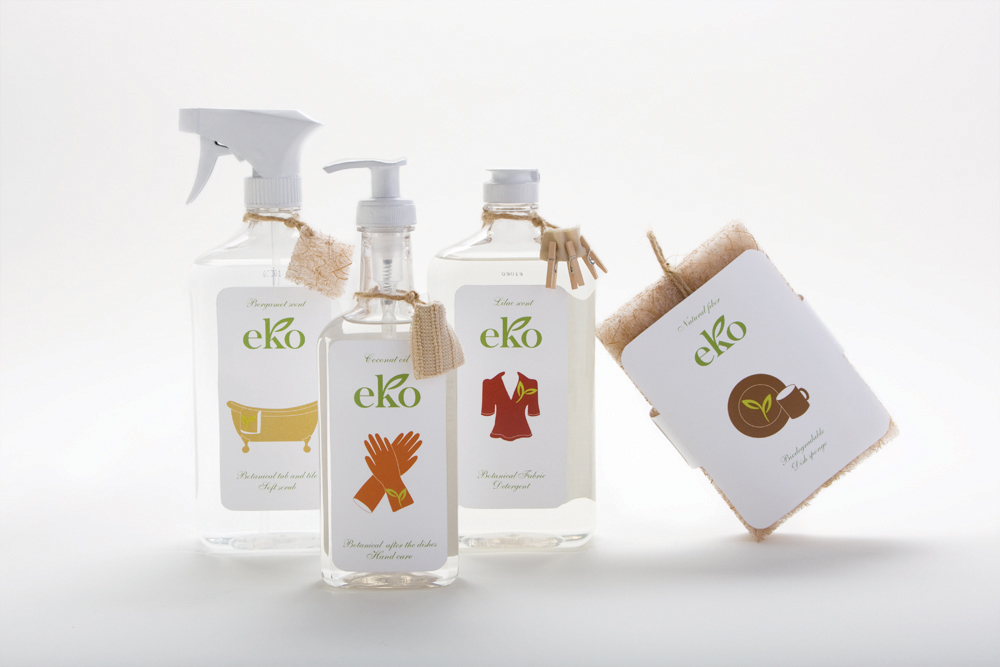
Elo's distinctive EKO packaging design
7. What’s your favourite all-time piece of packaging design that’s out on the market (i.e. designed by someone else) and why?
Oh Man…. that is a tough question for me ’cause I like so many designs. Target these days has great packaging designs. I like “Method” home products, I like “Scotch Brite” eco-friendly sponges, I like Paul Michel shampoo packaging, Aveda has great packaging and great ads as well, I like Michael Graves(industrial design) and Apple designs.
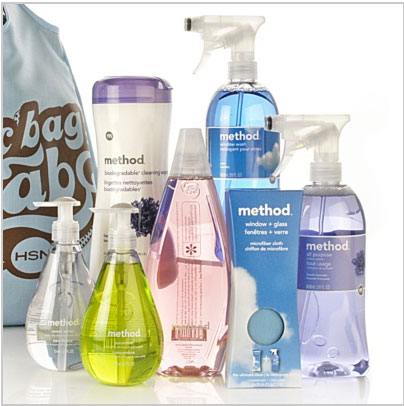
Distinctive packaging of the 'Method' range of homecare products
8. Thinking specifically about packaging design, who would you say provides you with “design inspiration,” meaning designers that you look up to; and also tell us why you feel this way about them, what makes them special?
I try not to look much on already done stuff. So, this way when I design something I get my own signature to the product I’m working on. But there are tons of designers that I appreciate, I Like: Michael Graves(Industrial designs) visit his website at (http://www.michaelgraves.com/mgdg.htm) The guy is a genius. Everything he does has this round polished shape to it and when you look at his products you say: “That is Michael Graves”!
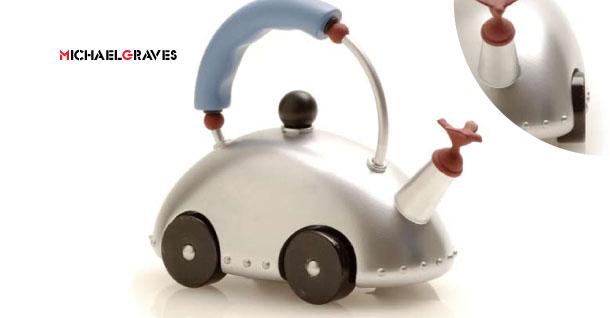
One of Michael Graves' zany kettle designs
9. Â Any final thoughts for our readers?
When you do something in life, do it with your heart. Always try to push yourself over the limit to get better and better. Read, undertake research, visit blogs, create your own blog, connect to some other groups. There are so many fantastic designers around the world. Never limit yourself. You won’t have fireworks all the time. And you might also find people with huge egos, who will try to cut you off or turn you down as in any other artistic industry. But if you stay true to yourself you will get there!
10. Elo, where can we find you on-line?
My personal website is always an endless work in process. Right now I’m still working on it but you can find me on-line in various places. Here are some:
http://www.coroflot.com/elodesigns
http://elodesigns.deviantart.com
http://www.behance.net/elodesigner
http://thinksmartdesigns.blogspot.com/
http://twitter.com/elodesigner
That’s great. Thanks Elo and all the best for the future – you’re doing some wonderful work there – keep it up.
Cheers
Chris
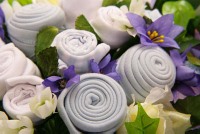 I think this is a really appealing way to present baby clothes as a gift and will certainly last longer and be far more useful to new parents than a regular bunch of flowers.  Maybe there are other items which could be ‘packaged’ this way – how about underwear packaged up as a beautiful bouquet of flowers for Valentines day or, slightly less glam but still fun, a bouquet made up of tea towels to celebrate a new house move?    (Jane Bear)
I think this is a really appealing way to present baby clothes as a gift and will certainly last longer and be far more useful to new parents than a regular bunch of flowers.  Maybe there are other items which could be ‘packaged’ this way – how about underwear packaged up as a beautiful bouquet of flowers for Valentines day or, slightly less glam but still fun, a bouquet made up of tea towels to celebrate a new house move?    (Jane Bear)








